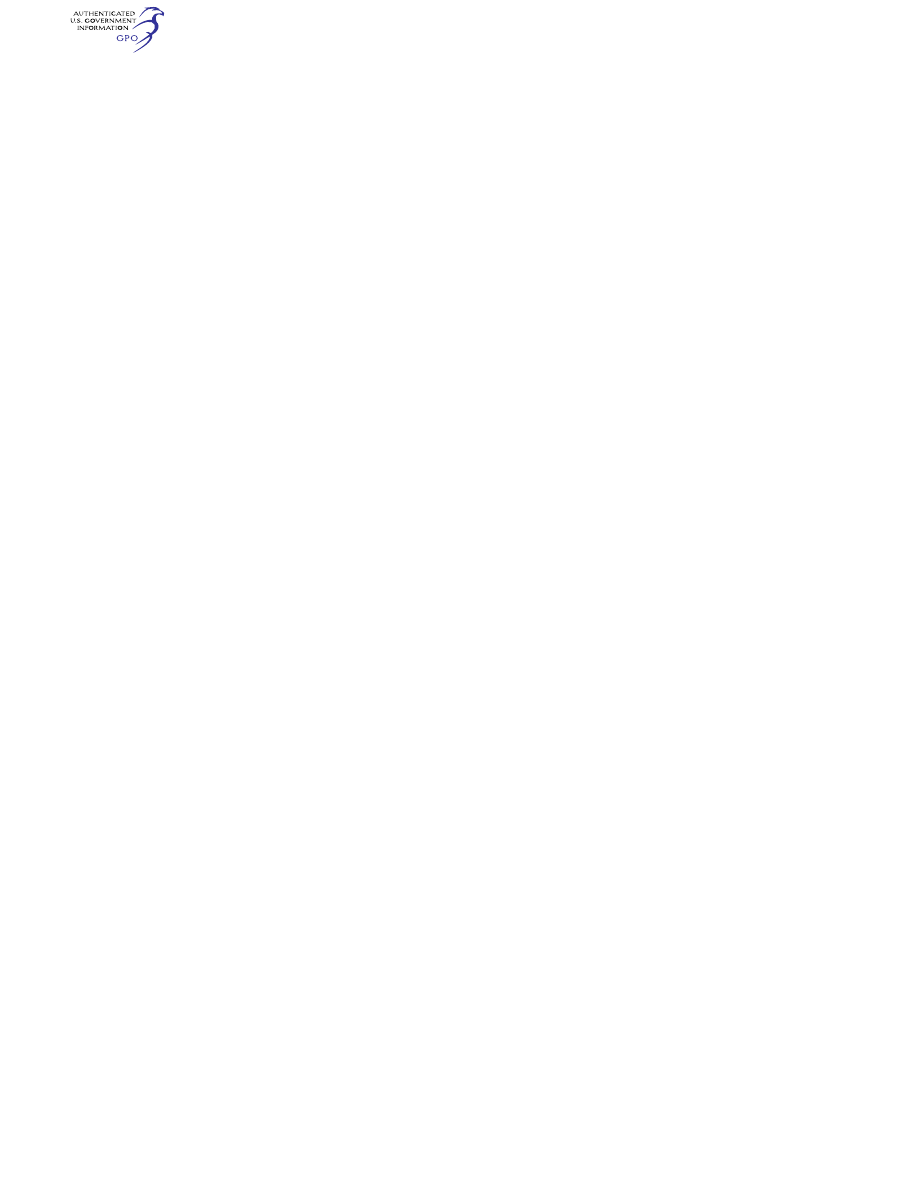
625
Federal Aviation Administration, DOT
§ 29.903
(e) A placard or marking must be in-
stalled next to the external-load at-
taching means clearly stating any
operational limitations and the max-
imum authorized external load as dem-
onstrated under § 29.25 and this section.
(f) The fatigue evaluation of § 29.571
of this part does not apply to rotor-
craft-load combinations to be used for
nonhuman external cargo except for
the failure of critical structural ele-
ments that would result in a hazard to
the rotorcraft. For rotorcraft-load
combinations to be used for human ex-
ternal cargo, the fatigue evaluation of
§ 29.571 of this part applies to the entire
quick release and personnel carrying
device structural systems and their at-
tachments.
[Amdt. 29–12, 41 FR 55472, Dec. 20, 1976, as
amended by Amdt. 27–26, 55 FR 8005, Mar. 6,
1990; Amdt. 29–43, 64 FR 43020, Aug. 6, 1999]
M
ISCELLANEOUS
§ 29.871
Leveling marks.
There must be reference marks for
leveling the rotorcraft on the ground.
§ 29.873
Ballast provisions.
Ballast provisions must be designed
and constructed to prevent inadvertent
shifting of ballast in flight.
Subpart E—Powerplant
G
ENERAL
§ 29.901
Installation.
(a) For the purpose of this part, the
powerplant installation includes each
part of the rotorcraft (other than the
main and auxiliary rotor structures)
that—
(1) Is necessary for propulsion;
(2) Affects the control of the major
propulsive units; or
(3) Affects the safety of the major
propulsive units between normal in-
spections or overhauls.
(b) For each powerplant installa-
tion—
(1) The installation must comply
with—
(i) The installation instructions pro-
vided under § 33.5 of this chapter; and
(ii) The applicable provisions of this
subpart.
(2) Each component of the installa-
tion must be constructed, arranged,
and installed to ensure its continued
safe operation between normal inspec-
tions or overhauls for the range of tem-
perature and altitude for which ap-
proval is requested.
(3) Accessibility must be provided to
allow any inspection and maintenance
necessary for continued airworthiness;
and
(4) Electrical interconnections must
be provided to prevent differences of
potential between major components of
the installation and the rest of the
rotorcraft.
(5) Axial and radial expansion of tur-
bine engines may not affect the safety
of the installation.
(6) Design precautions must be taken
to minimize the possibility of incorrect
assembly of components and equipment
essential to safe operation of the rotor-
craft, except where operation with the
incorrect assembly can be shown to be
extremely improbable.
(c) For each powerplant and auxiliary
power unit installation, it must be es-
tablished that no single failure or mal-
function or probable combination of
failures will jeopardize the safe oper-
ation of the rotorcraft except that the
failure of structural elements need not
be considered if the probability of any
such failure is extremely remote.
(d) Each auxiliary power unit instal-
lation must meet the applicable provi-
sions of this subpart.
(Secs. 313(a), 601, 603, 604, Federal Aviation
Act of 1958 (49 U.S.C. 1354(a), 1421, 1423, 1424),
sec. 6(c), Dept. of Transportation Act (49
U.S.C. 1655(c)))
[Doc. No. 5084, 29 FR 16150, Dec. 3, 1964, as
amended by Amdt. 29–3, 33 FR 969, Jan. 26,
1968; Amdt. 29–13, 42 FR 15046, Mar. 17, 1977;
Amdt. 29–17, 43 FR 50600, Oct. 30, 1978; Amdt.
29–26, 53 FR 34215, Sept. 2, 1988; Amdt. 29–36,
60 FR 55776, Nov. 2, 1995]
§ 29.903
Engines.
(a)
Engine type certification. Each en-
gine must have an approved type cer-
tificate. Reciprocating engines for use
in helicopters must be qualified in ac-
cordance with § 33.49(d) of this chapter
or be otherwise approved for the in-
tended usage.
VerDate Sep<11>2014
09:06 Jun 28, 2024
Jkt 262046
PO 00000
Frm 00635
Fmt 8010
Sfmt 8010
Y:\SGML\262046.XXX
262046
jspears on DSK121TN23PROD with CFR
